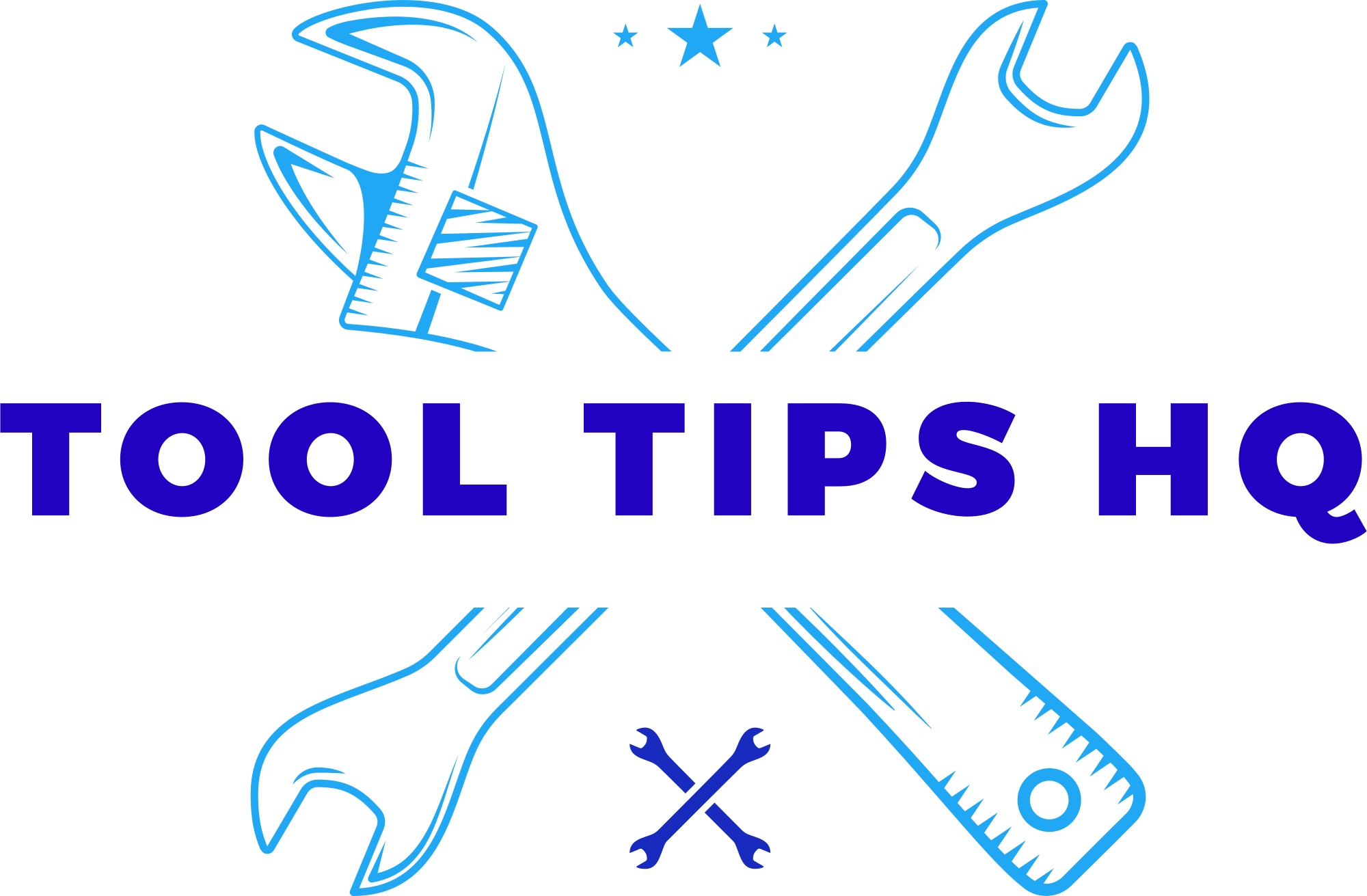In a world brimming with tools and gadgets, the quest for the perfect instrument to tackle any task can often feel overwhelming. Enter Acme Tools, renowned for their innovative designs and unwavering reliability. Whether you’re a seasoned DIY enthusiast or a novice just beginning to dip your toes into the vast ocean of home improvement, selecting the right tool can make all the difference. This article aims to guide you through the nuances of choosing the ideal Acme Tool that suits your specific needs, transforming your projects from mundane to magnificent. With tips on assessing your requirements, understanding tool features, and evaluating project demands, you’ll be well-equipped to make informed decisions that elevate your craft to new heights. Let’s delve into the art of tool selection and unlock the potential to master any task with confidence and precision.
Understanding Your Project Needs for Tool Selection
Before diving into the world of tool selection, it’s crucial to evaluate the specific requirements of your project. Begin by identifying the main tasks you need to accomplish. Ask yourself: What materials will I be working with? What is the size of the area? Are there any unique challenges that need special consideration? By answering these questions, you can narrow down your choices and focus on tools that will effectively meet your project’s demands. This clarity will help in selecting a tool that not only enhances productivity but also ensures safety.
Once you have a solid understanding of your project needs, you can explore various Acme tools that align with those specifications. Consider the following factors:
- Functionality: Does the tool serve its intended purpose effectively?
- Durability: Is it built to withstand the rigors of your tasks?
- Ergonomics: Will it be comfortable for extended use?
- Cost-effectiveness: Does it fit within your budget without compromising quality?
Creating a comparison chart can also be beneficial when evaluating your options:
| Tool Type | Key Features | Ideal Use Case |
|---|---|---|
| Acme Drill | High torque, lightweight, rechargeable | Home renovations, woodworking |
| Acme Sander | Variable speed, dust collection | Surface finishing, paint removal |
| Acme Wrench Set | Adjustable sizes, ergonomic grip | Automotive repair, plumbing |
Key Features to Consider When Choosing an Acme Tool
When selecting an Acme tool, one must assess several **key features** that can significantly impact your experience and effectiveness. First and foremost, consider the **material quality** of the tool. A robust construction, typically using durable metals or high-grade plastics, ensures longevity and reliable performance. Additionally, the tool’s **design ergonomics** play a crucial role in user comfort, especially during prolonged use. Tools with contoured grips and lightweight designs can reduce strain on your hands and wrists, allowing for greater precision and control.
Another essential feature is the **versatility** of the Acme tool. Look for models that come with multiple attachments or settings to handle various tasks effectively. Compatibility with existing tool systems can also save you time and money in the long run. Furthermore, it’s important to review the **maintenance requirements** of the tool. Efficient tools are easy to clean and maintain, often featuring removable parts for hassle-free servicing. Below is a simplified comparison of features to consider:
| Feature | Importance |
|---|---|
| Material Quality | Ensures durability and longevity |
| Ergonomic Design | Enhances comfort and reduces strain |
| Versatility | Facilitates varied tasks with ease |
| Maintenance | Simplifies cleaning and upkeep |

Evaluating Compatibility and Versatility of Tools
When selecting the ideal Acme tool, it’s essential to assess how compatible it is with your existing set of tools and how versatile it can be across various applications. A well-chosen tool should seamlessly integrate into your routine, allowing you to maximize productivity without significant adjustments to your workflow. Key aspects to consider include:
- Tool Design: Does the tool have a user-friendly design that complements your other equipment?
- Material Compatibility: Can it efficiently work with the materials you frequently handle?
- Functionality Range: How many different tasks can it perform effectively?
Furthermore, embrace the challenge of versatility in your tool selection. A tool that can adapt to various tasks not only saves space in your workshop but also reduces costs associated with multiple dedicated tools. Analyze the following attributes that contribute to a tool’s versatility:
| Attribute | Benefit |
|---|---|
| Multi-Functionality | Reduces the need for multiple tools, saving time and cost. |
| Adjustable Features | Allows the tool to customize its application for different tasks. |
| Durability | Ensures long-term use across various conditions and tasks. |

Maximizing Value: Budgeting for Your Acme Tool Investment
When investing in Acme tools, it’s essential to create a budget that reflects both your current needs and potential future projects. By defining your spending limits and understanding the features that matter most, you can prioritize your purchases effectively. Consider the following factors when budgeting:
- Project Scope: Estimate the number of tasks you’ll tackle and the tools required.
- Tool Versatility: Look for tools that can perform multiple functions to maximize utility.
- Maintenance Costs: Factor in any ongoing expenses related to upkeep.
- Quality vs. Price: Aim for a balance between high-quality tools and budget restrictions.
To help you visualize your investments, you may find it useful to compare different Acme tools based on their features and associated costs. Here’s a simplified breakdown:
| Tool Model | Cost | Main Feature | Versatility |
|---|---|---|---|
| Acme Tool A | $150 | Heavy-Duty Cutting | Medium |
| Acme Tool B | $200 | Precision Drilling | High |
| Acme Tool C | $100 | Basic Sanding | Low |
This comparison allows you to assess which models align with your budget and project needs, ensuring that every dollar spent adds value to your toolkit.
Q&A
**Q&A: How to Select the Perfect Acme Tool for Any Task**
**Q1: What factors should I consider when selecting an Acme tool?**
**A1:** When choosing the right Acme tool, it’s important to consider the specific task you’re tackling. Look at the tool’s intended function, compatibility with your project materials, and your own skill level. Additionally, consider ergonomics to ensure comfort during use, durability for longevity, and ease of maintenance.
**Q2: How do I determine the right size of an Acme tool?**
**A2:** The size of the tool should correlate with the scale of your project. For smaller tasks, opt for compact tools that allow for precision. Conversely, larger tools offer the robustness needed for heavy-duty jobs. Always check the manufacturer’s specifications and user reviews to gauge the effectiveness of various sizes.
**Q3: Are there specific Acme tools for beginners?**
**A3:** Absolutely! For beginners, it’s wise to start with multifunctional tools that combine several features into one. Look for user-friendly designs that prioritize simplicity and safety. Acme offers starter kits that include essential tools, perfect for those just beginning their journey in DIY.
**Q4: What role does material play in choosing an Acme tool?**
**A4:** The material of an Acme tool significantly impacts its performance and longevity. Tools made from high-carbon steel, for example, offer excellent durability and edge retention. On the other hand, lightweight materials can facilitate ease of use, especially for extended periods. Make sure to select a tool that suits your task’s requirements and will withstand frequent usage.
**Q5: Is brand reputation important in selecting an Acme tool?**
**A5:** Yes, brand reputation can be quite telling. Often, well-established brands like Acme invest in quality control and rigorous testing, resulting in reliable products. Look for customer testimonials and professional recommendations. A reputable brand typically offers warranties and customer service that can be helpful if you encounter issues down the line.
**Q6: How can I ensure I’m using my Acme tool safely?**
**A6:** Safety should always be a top priority when using tools. Begin by reading the user manual for safety guidelines specific to your Acme tool. Always wear appropriate protective gear, such as goggles and gloves, and maintain a tidy workspace to avoid accidents. Regularly inspect your tools for wear or damage, and ensure that you’re using the right tool for the job to minimize risks.
**Q7: Do I need to invest in additional accessories for my Acme tool?**
**A7:** Depending on your specific needs and the type of projects you undertake, you might find that additional accessories enhance your tool’s functionality. Accessories like specialized blades, attachments, or handles can improve precision and expand the range of tasks your tool can handle. Assess what you might need based on your projected projects, and choose accordingly.
**Q8: Where can I find expert advice on selecting Acme tools?**
**A8:** Seeking advice from experienced professionals can be invaluable. Consider visiting local hardware stores where staff can provide recommendations based on your needs. Online forums, tutorial videos, and reviews can also offer insights. Don’t hesitate to leverage community knowledge on platforms such as DIY websites, social media groups, and even at workshops.
With these questions in mind, you’ll be on your way to selecting the perfect Acme tool for every task, turning your projects from mere ideas into impressive realities!
To Conclude
selecting the perfect Acme Tool for any task requires a thoughtful approach, considering factors such as functionality, ergonomics, and personal preferences. Whether you’re tackling a weekend DIY project or embarking on a professional endeavor, the right tool can make all the difference in achieving not only efficiency but also satisfaction in your work.
As you navigate through the myriad of options available, remember that investing time in understanding your specific needs will pay off in the long run. With the right Acme Tool by your side, you’ll be equipped to handle challenges with confidence and precision. So, take a moment to reflect on what you truly need, explore the available options, and empower your projects with the ideal tool. Happy crafting!

